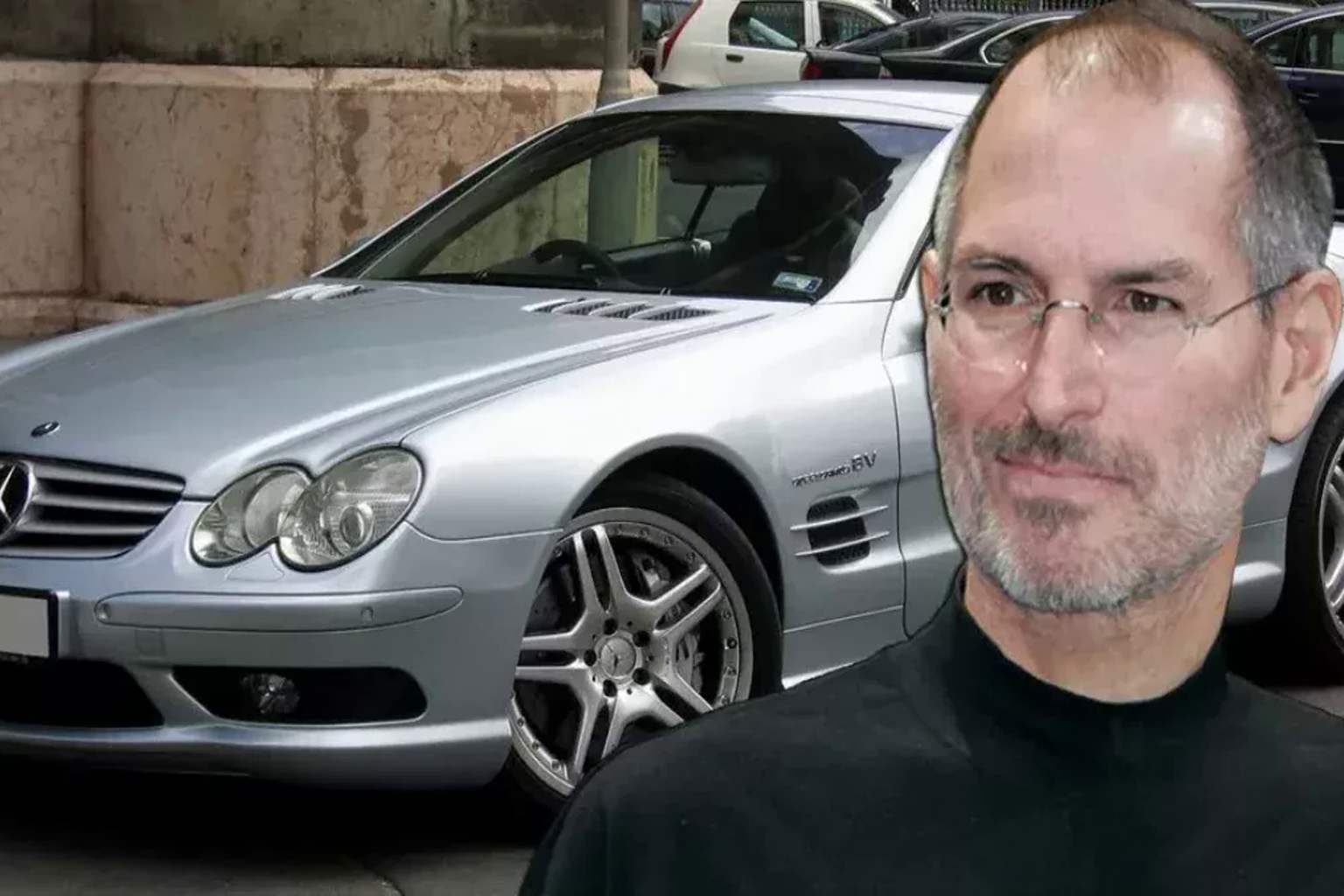Steve Jobs was known for more than just inventing the iPhone. His life was filled with unique habits and carefully crafted routines, from his streamlined wardrobe to his strict vegan diet. But one of his most fascinating quirks involved something many wouldn’t expect: cars. Every six months, Jobs bought the exact same luxury sports car — a Mercedes-Benz SL55 AMG worth about $120,000 — and replaced his current ride. The reason behind this wasn’t flashy spending but an ingenious trick to protect his privacy.
How Steve Jobs used car buying to maintain privacy
The Apple co-founder didn’t switch cars out of vanity or a need for the latest model. Instead, he exploited a California law that allowed new vehicles to be driven on public roads for up to six months without a license plate. By purchasing the same Mercedes twice a year, Jobs effectively kept his car off the radar, avoiding any official records connecting his name to the vehicle.
Imagine being so private that you refuse to appear on any legal document related to your car, even when that car costs over $120,000. For Jobs, this wasn’t just a property or ownership detail—it was a way to prevent his life from being scrutinized through the usual channels of identification. He took this approach so seriously that he even arranged a special deal with a local Mercedes dealer to swap his vehicle every half year, making the process seamless.
The law behind the six-month car swap strategy
The key to Jobs’s clever approach lies in California’s vehicle laws at the time. New vehicles had a grace period of six months during which they did not need a permanent license plate. After that period, owners were required to register their cars and display official plates. Jobs’s strategy: buy a brand-new car, drive it plate-free, then sell it before the six months expired and repeat.
This routine ensured that Jobs’s vehicle registration never associated with his name, cleverly sidestepping the potential for public or legal scrutiny. While not illegal, it’s a loophole few people knew about or could exploit—especially since replacing a $120,000 Mercedes twice a year isn’t feasible for most.
I remember hearing about this endless car refresh just after getting my first car. It struck me as a bold statement about privacy in a world where so much of our lives are tracked and recorded. It makes me wonder how far we might go to protect our own private moments, even if we don’t have Jobs’s resources.
Privacy at what cost? a rare glimpse into Jobs’s values
Replacing a luxury car twice a year may seem extravagant or wasteful to some, but for Jobs, it was a practical way to shield his personal life. His privacy wasn’t just about material possessions—it was part of his philosophy to simplify and control his environment.
The cost of this privacy move was certainly high, even if Jobs got dealer discounts. Most people can’t afford to buy a $120,000 car every six months just to stay off lists and databases. Yet, it sparks an important question about how much value we place on privacy—and what lengths we might go to protect it.
Whether or not you share Jobs’s obsession with secrecy, his story offers insight into how technology icons think differently about everyday things like cars, paperwork, and identity.
What do you think? Would you go to similar lengths for privacy if you could? Or do you have your own unique ways to protect your personal information? Share your thoughts and stories below — your perspective might surprise us all.
